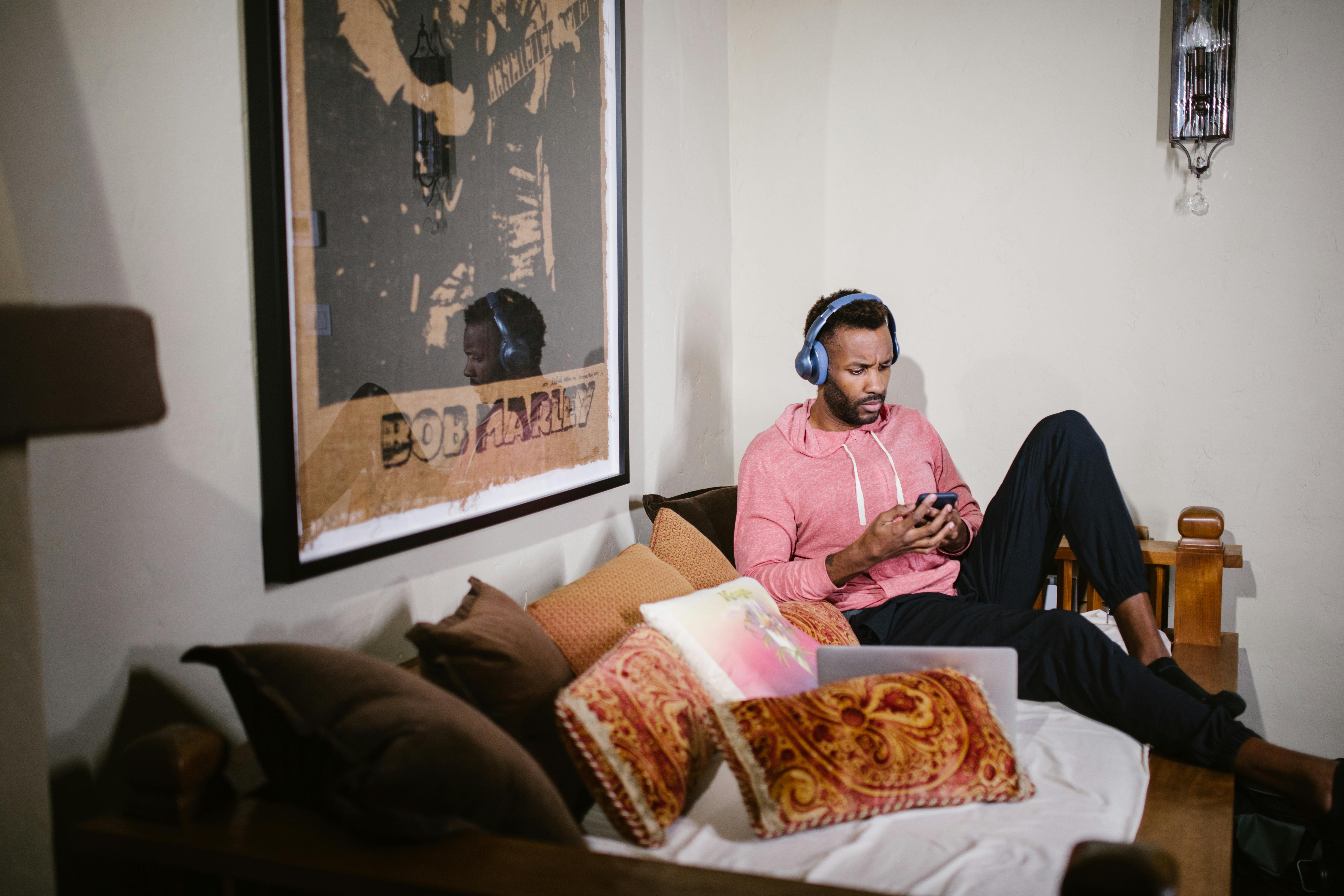Search engine optimization is an important part of any website. I’d like to share some on-page SEO tips and tricks with you today to help you improve your website’s visibility and performance in search engines.
Performing search engine optimization on your website includes a wide variety of tasks and can be divided into two different parts. The first is on-page SEO, and the second is off-page SEO. I’m focusing on on-page SEO here, as on-page SEO is the first part of your search engine optimization strategy that needs to be addressed. The on-page SEO tips and tricks I’m sharing with you today include a variety of goals and tasks you can use to better optimize your website and increase your search engine rankings.
Google has made a lot of updates to its crawling algorithm in recent years. That’s why it’s so important to always make sure your website and all your web pages are compliant with the latest updates like Hummingbird, Panda and Penguin. The on-page SEO tips and tricks I share here will help you stay away from an update attack and help you keep your rankings stable.
1. Optimize the speed of your website
The first thing you should do when performing on-page SEO on your website is to optimize your website speed. If your website takes too long to load, it will negatively affect the search engine ranking of your website.
Start by checking your current website speed and compare your speed to your competitor’s website speed. The faster your website loads, the better. If you find that your website takes longer to load than your competitor’s website, then you need to optimize it to speed up your website’s load time.
If your website is a custom HTML or PHP based website, you need to start with your CSS and JS files. Use a script to minimize them. This can reduce their size, which in turn will make your website load faster. You also need to optimize the images on your website – try to compress them as much as possible without losing too much quality. Images are usually the largest parts of a website and can affect a website’s load time by a couple of seconds. Compressing your images will allow your website to load faster.
Websites based on a CMS system like WordPress are also quite easy to speed up. Simply install a caching plugin that serves your website as static files. This will help you increase the speed of your website and decrease the load time.
2. Include meta tags on your website
Although meta tags are considered by some to be deprecated, they are still useful to use on your web pages. The most important meta tag would be your website title tag – this is the text that appears at the top of the browser bar when your website is accessed.
You should also include keyword meta tags and a description on each of your web pages. This will give search engines an idea of the keywords you are targeting and allow Google and other search engines to display a relevant description for your website in search results.
3. Use tags on your web pages
When building a website, whether it’s a custom HTML or PHP based website, or powered by a CMS like WordPress, you should always make sure that you use the correct tags on your web pages.
By using the correct tags, search engines like Google will be able to index your pages more easily and your rankings can also increase. This is a huge advantage for on-page SEO.
Start by using header tags where appropriate. Heading tags include h1, which is heading tag 1. This tag is used for main titles. Thereafter, you should use h2, h3, etc. in your subheader tags. This also helps you to divide the content into different parts.
Images should also contain appropriate tags, such as title and alt. This will also allow your images to be indexed by search engines based on certain keywords.
4. Optimize your content with keywords
To rank in search engines, you need to target keywords. Think of keywords as search phrases – terms that people will enter into search engines to find results.
Before posting or writing any content for your website, start with some keyword research. Decide on a topic, then search for relevant keywords and choose the keyword that best fits your content. Make sure the keyword doesn’t have too much competition and make sure there is a large enough search volume for the keyword you choose.
Choosing long-tail keywords for some of your content pages is also a good idea.
You must include your target keyword on your pages. Include your target keyword in your page title, in the first header of your page, and in your content as well. Include your target keyword in the first sentence/paragraph of your content, a couple of times in the body, and once or twice in the final/concluding paragraph.
conclusion
While building high authority backlinks to your website is an important part of search engine optimization, doing proper on-page SEO is just as important. Without proper on-page SEO, you won’t be able to reap the full benefits of search engine optimization. Take a moment and use these on-page SEO tips and tricks I shared with you to check and make sure your website’s on-page SEO is relevant and effective.
